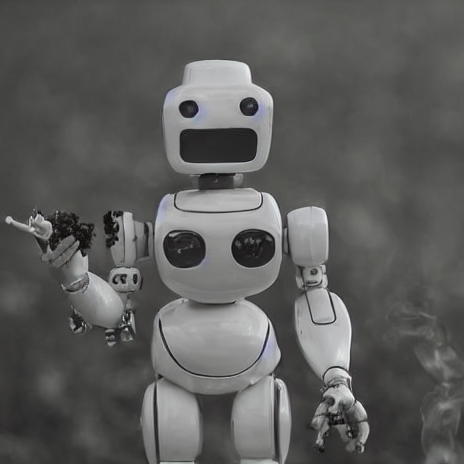- cross-posted to:
- 3dprinting
- cross-posted to:
- 3dprinting
cross-posted from: https://lemm.ee/post/600079
I’ve been repairing a Creality CR-10S Pro V2 and can’t figure out this persistent oddity. It prints spiral vases and benchies flawlessly, but regular 3D prints often have these pronounced bumps and thick whiskers sticking out. I think it’s more than just Z seam blobs, I’m wondering if it’s an issue with the wipe settings not working well in PrusaSlicer…
Here’s another example of the issue: https://i.imgur.com/ZHssQWI.jpg
I’m using Kaaber transparent PETG, printing at 215/210 nozzle and 75 bed. I know this seems cool for PETG, but this brand tends to melt and ooze at anything hotter.
Here are my PrusaSlicer retraction settings, they are the default for this printer:
https://i.imgur.com/RqrltUL.jpg
I tried slightly bumping the retraction to 6.5mm and 65mm/s, but it made no difference.
Any ideas what would cause this? I’m getting it while trying to print many parts of the honeycomb storage wall off printables.
Retraction: Retraction is the action of the extruder pulling back a small amount of filament to relieve hot end pressure. While this feature can help prevent stringing on prints, too small, large, slow, or frequent retractions can lead to zits and blobs.
Extrusion: Extrusion is a potential source of many print quality issues and it describes how filament is extruded or printed. Zits and blobs are a form of inconsistent or over-extrusion on the exterior of a model.
Nozzle temperature: The nozzle temperature is another possible source of zits and blobs, affecting a printer’s extrusion and how filament is melted. Too high a nozzle temperature can cause filament to ooze excess material even when the extruder isn’t pushing filament.
Printing speed: Printing speed is how fast the printhead moves while depositing material for the infill, walls, and first layer, for example. Constant changes in printing speeds and too high a printing speed can lead to quality defects, including zits and blobs.
Cooling: Cooling is a major part of the FDM 3D printing process, as the deposited filament needs to be properly cooled before a new layer is added. Too little cooling can cause zits and blobs because melted material will be more prone to move and form unwanted features when another layer is added.


